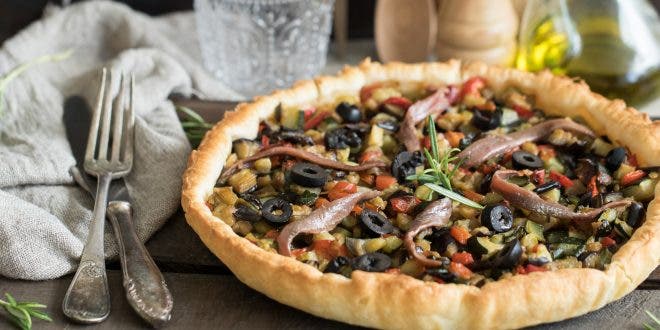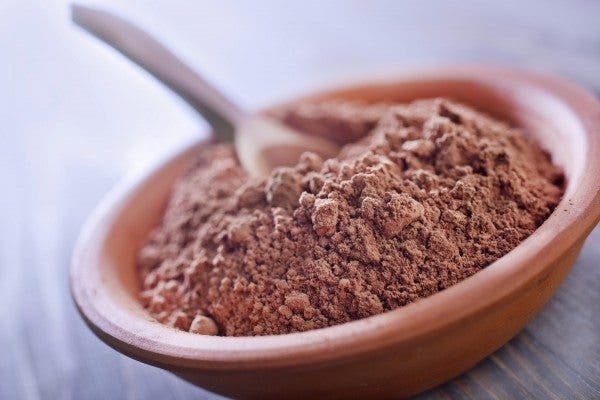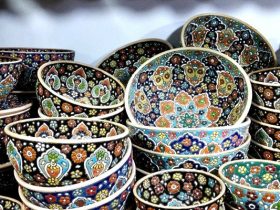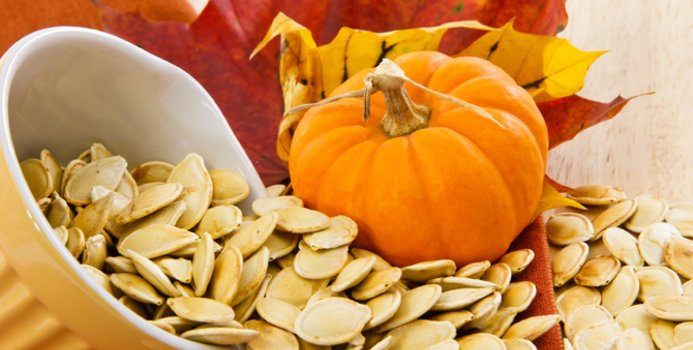No products in the cart.

The Alphabet of Nutrition travels to Cantabria, where the sea, the river, the inland mountains and its orchards define its gastronomy. Laura González, Nestlé’s head of nutrition, talks about the most typical dishes of the area at ‘El Bisturí’
The Alphabet of Nutrition runs through Cantabria, privileged by its geographical location, says Laura González.
Although the Atlantic Ocean has influenced Cantabrian gastronomy, offering an “enormous” variety of fish and shellfish, the province also shines for its mountains, orchards and rivers.
“The Cantabrian mountains invite stews, such as stews and stews, with cattle and game. The river also offers us a lot of fishing; there are dishes that are prepared based on trout, salmon or carp. And in their gardens they grow vegetables and legumes “, describes the expert.
Coastal caps
For Laura González, a classic of the area that can be found in any restaurant or prepared at home in a “very easy way”, are clams a la marinera. In this case, they are from the Bay of Santander.
“I recommend that you soak the clams a few hours before with plenty of salt and water and thus make sure that they are well cleaned. It is a very light recipe, low in fat and perfect as a first course or for tapas with friends ”, she explains.
Another dish for these cases are the “famous” anchovies from Santoña. A treasure of the sea, says González, with which you can prepare various recipes, such as smoked anchovies, anchovy sauce to accompany a salad, chicken rolls with anchovies or dumplings, among others.
Although they are known, many people still do not know how to distinguish between anchovies, anchovies and bocarte, laments the expert. Three terms that refer to the same fish.
“Bocarte is fresh fish that, once clean, the canneries season it for at least six months to get what we call anchovies. And if it is preserved in vinegar, we will have anchovies that we can also consume raw, “she clarifies.
Another very common tapa, although a little more forceful, according to the nutritionist, are squid. Very consumed in Cantabria, it can be cooked in different ways, but the most common is fried.
“The squid are soaked in milk for a couple of hours. Then, in a mixture of flour, oil and salt, without lumps. And finally, fry in hot oil “, she lists.
For those who want to reduce the amount of oil in this lid or any other fried food, the expert suggests letting it drain well on absorbent paper for a few minutes.
Main courses
Among some of the dishes presented by the gastronomy of Cantabria, Laura González speaks of one “traditional and quite typical of fishing villages”, the tuna sorropotún.
“In a clay pot, fry the onion, green pepper and the yearn, and when everything is well poached, add the potatoes, a little crushed tomato and a drizzle of chamomile. And it is allowed to cook with the stock that has previously been made with the thorns of the bonito “, she explains.
“The fish is added last -complete- and, normally, it is cut into cubes. This is how we ensure that the bonito does not remain dry “.
In the words of the nutritionist, this recipe is a good way to make children eat fish, because in the presentation they do not see the whole fish and with ingredients such as crushed tomato or potato they tend to like more.
Other recipes are the maganos onions, a squid stew; fish cakes such as cabracho; or the hake cake with piquillo sauce.
Cooked from the inside
González speaks of the mountain cuisine, typical of the area and dating from the seventeenth century. A strong and caloric dish that provides a lot of energy to fight the cold with just one dish.
“In this dish the broth and the rest of the ingredients are served: beans, white beans, bacon, chorizo, blood sausage, pork rib, cabbage and potato”.
Another similar line is the lebaniego stew, with vegetables from the garden and pork derivatives, but in this case, chickpea from Potes is used.
Unlike the mountain stew, this is served in two dishes. In one, the noodle broth, and a second in a tray where they carry chickpeas and meats, explains the expert.
In the middle of the Cantabrian coast
Among all the types of cheeses that this province offers, González speaks of three types.
One of them is the semi-hard cheeses from the Liébana valley, prepared with whole milk from cows, sheep or goats.
In the case of preferring a whiter cheese, for example to spread on toast, we find the Picón de Bejes-Tresviso cheese, which is characterized by its bluish-green color. It is salty and has a spicy touch.
Another creamy variety is the Cantabrian cream cheese.
“It has a yellowish color, a white rind and is made with whole milk from the Friesian cow.”
Beyond the sobaos
Although brief, the Nestlé nutritionist points out some typical desserts from the Cantabrian area, “beyond sobaos”, such as the quesada pasiega and the Cantabrian puff pastry ties from Unquera.
What’s your reaction?
Love0
Sad0
Happy0
Sleepy0
Angry0
Dead0
Wink0









